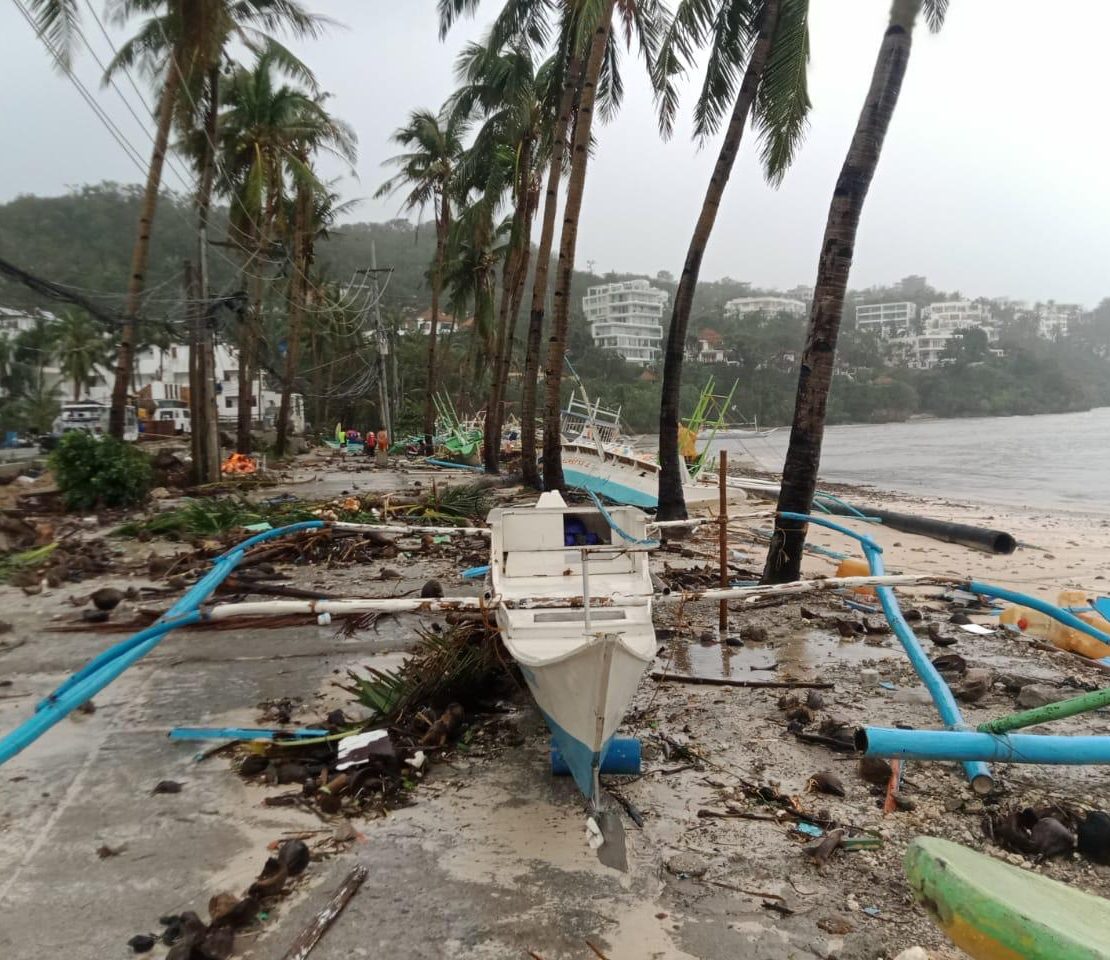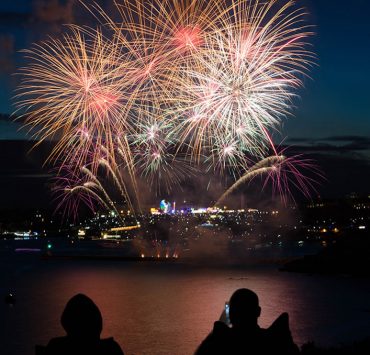Locals and residents in Boracay—the Philippines’ most famous tourist destination—is still reeling from the aftermath of Typhoon Ursula that struck the country on Christmas Day, leaving major damage and destruction in its wake where 20 died and eight are still missing on Panay Island, according to the Regional Disaster Risk Reduction Management Council. Cellular signals were also disrupted from Dec. 25 until yesterday.

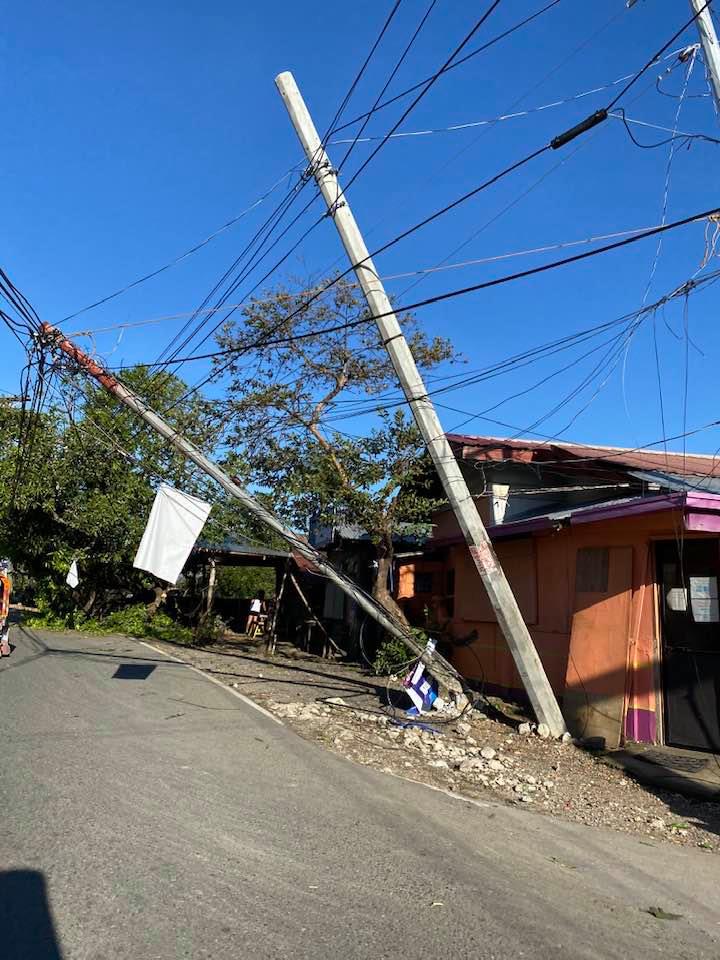
Nowie Potenciano of The Sunny Side Café Group says that electricity is the biggest problem right now. “There’s no clear timeline for when the electricity will be back. So most establishments have been running on generator power since Dec. 25. For The Sunny Side Café, we have to shut down our operations for at least two hours every day so that the generator can rest before resuming.” The problem, he adds, is that these aren’t designed to continuously run for long periods. “So we’re expecting them to conk out soon.”
At D’Mall, the developer’s generator started failing two days ago. “Thankfully, they had it back up but now we’re worried that this won’t last long as well.”
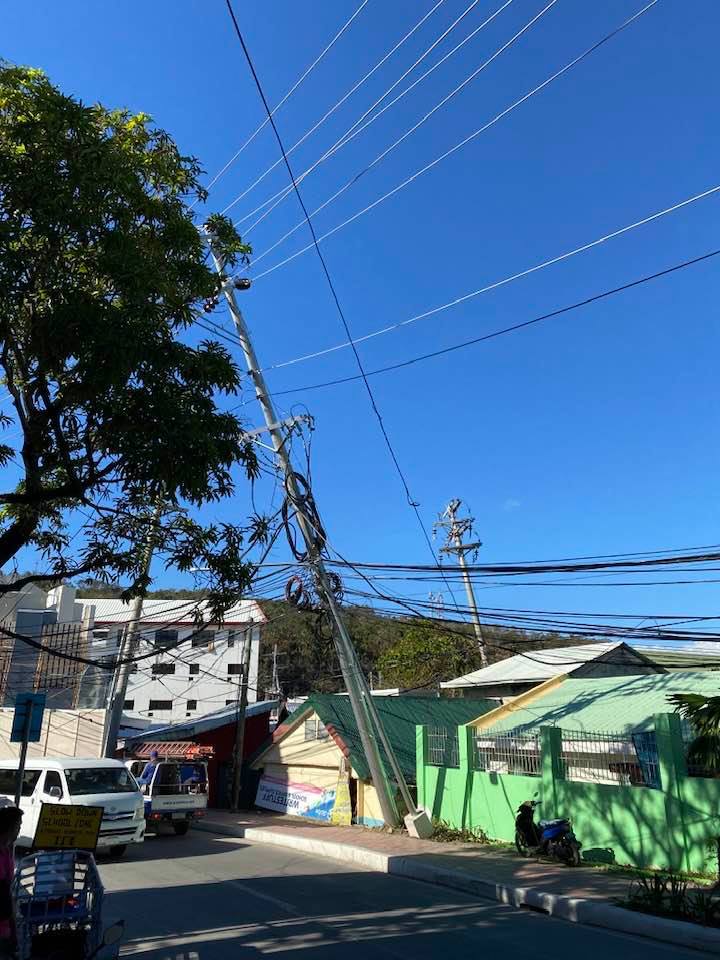

As of yesterday, around 230 linemen from various electric power cooperatives from Luzon, Western Visayas, and Mindanao have been deployed to help restore power in Aklan. According to the National Grid Corporation of the Philippines, around 14 transmission towers had been damaged by the typhoon.
Another Boracay resident Frank Hoefsmit expressed concern and frustration at the state of affairs on the island. “Mobile networks and internet are back since yesterday but still fluctuating. Yesterday there were two ATMs working. There’s a shortage of diesel to run generators,” he says.
“During the days we didn’t have any form of communication, cash was king and tourists were desperate to buy food or even to pay for transport off the island. They told me nobody was willing to help them. You know nowadays people don’t travel with cash anymore. Never did they imagine a world where they couldn’t access their bank accounts,” says Frank Hoefsmit.
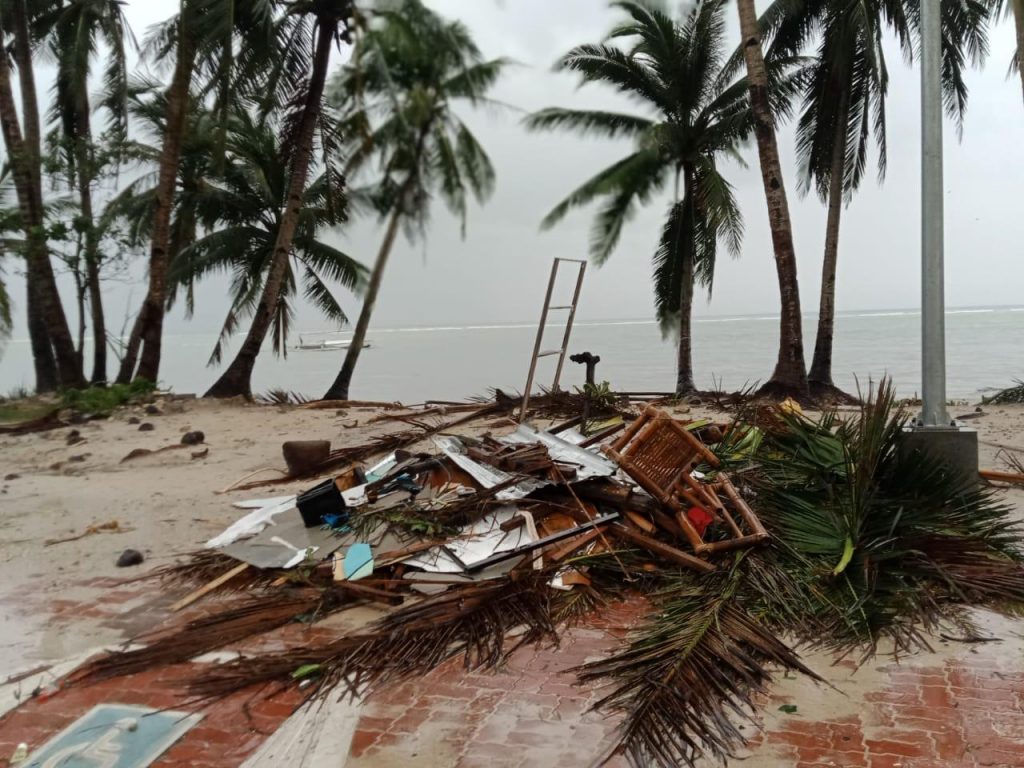
Asked on any clear directives from the local government, Potenciano says, “Not that I know of. The only assistance that I’ve heard was that they relaxed the requirements of bringing in gas and diesel for generators. Permits are normally required.”
“The coast guard is more lenient to bring diesel from Panay but gas stations are drying up, too. Boracay Water has 1.5 days of diesel left,” adds Hoefsmit. “If they are unable to get it replenished, they will need to shut down water supply.” But more than the damages and losses, Hoefsmit says it’s the lack of communication and support from the government that worries people.
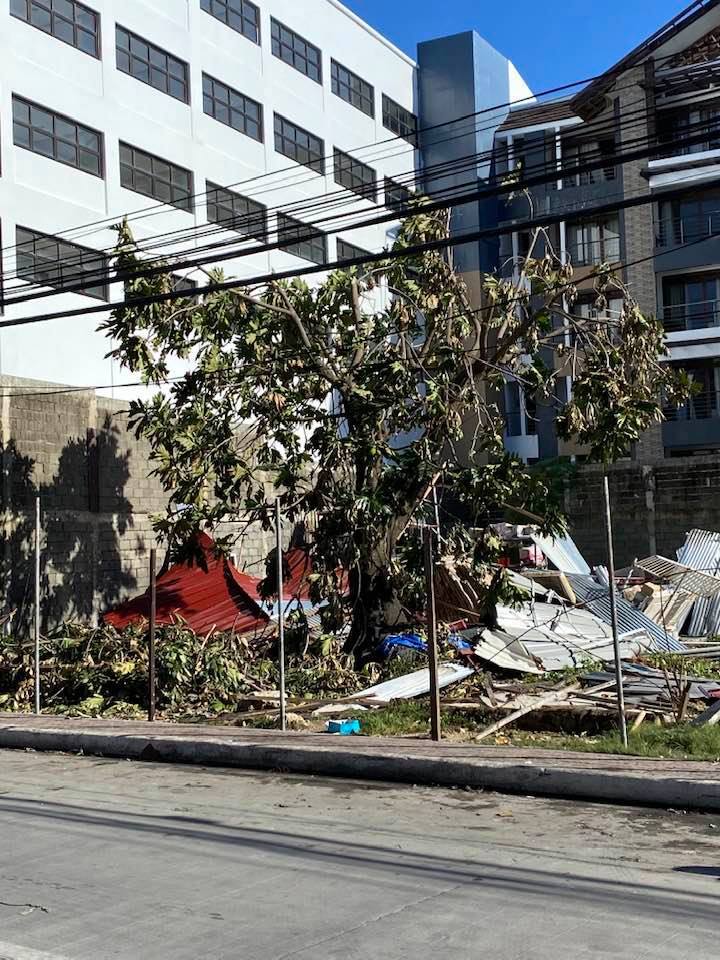
“The island desperately needs power because it’s one of the busiest periods of the year right now. Plus, most of the public transportation is now serviced by electric tricycles. No electricity means no transport,” says Potenciano.
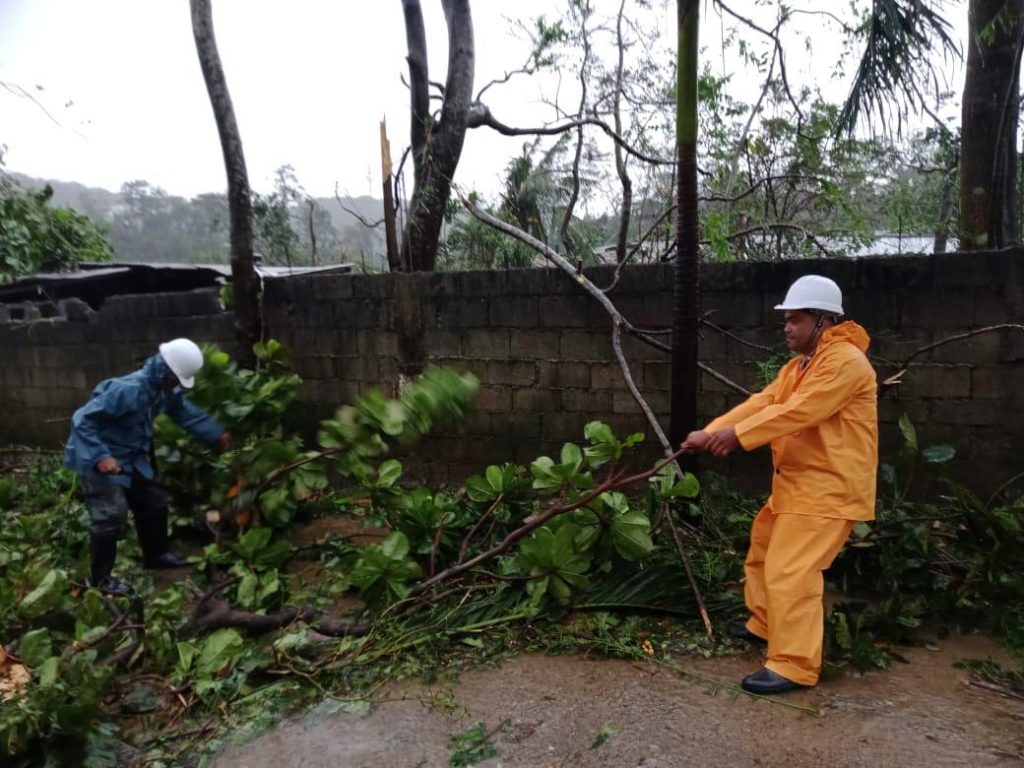
Boracay Airport in Caticlan despite incurring damages continues to operate while Kalibo Airport remains closed due to wider devastation from the typhoon’s onslaught.
“Because of the continued closure of Kalibo Airport due to damage sustained from Typhoon Ursula, the Civil Aviation Authority of the Philippines has diverted all Kalibo flights to Boracay Airport,” said San Miguel Corporation Infrastructure in a released statement.
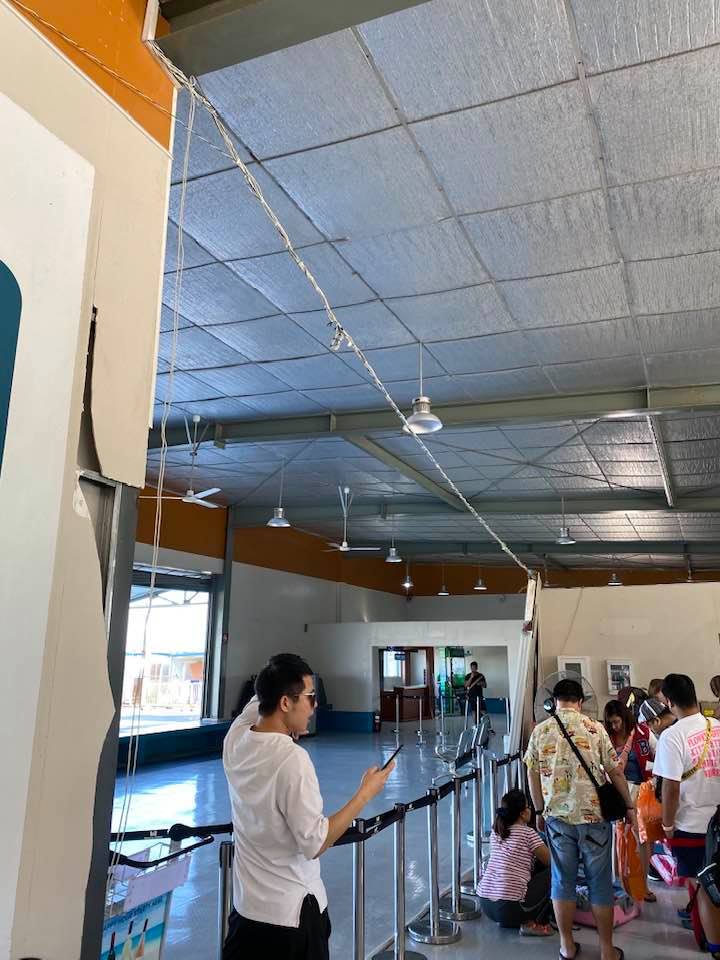
The National Disaster Risk Reduction Management Council has confirmed the death toll at 41 as of Dec. 30 with over 1.6 million people affected and over 260,000 houses damaged.
Photos courtesy of Nowie Potenciano and JP Talapian
Get more stories like this by subscribing to our weekly newsletter here.
Read more:
As monsoon season nears, Boracay faces a new problem: flooding
FYI, Boracay isn’t your personal dumping ground
After closing down businesses, gov’t eyes making Boracay lands arable “again”
Writer: ERIC NICOLE SALTA


